Product Overview
A Cubera Snapper trophy fish mount from Gray Taxidermy is handcrafted in the U.S. We combine over fifty years of experience and skilled craftsmanship to ensure that your custom trophy mount exceeds your expectations of what a perfect custom fish mount should look like.
Our skilled artists take pride in capturing the rich beauty and realism of nature that each unique marine species bring. A fish mount from Gray Taxidermy will capture and commemorate a memory of a life time. We are able to transform raw materials into the ultimate representation of an angler's most notable achievement. Great attention to detail and true craftsmanship is our motto while we continue to serve customers around the world. Gray Taxidermy goes to great lengths to ensure the precise color and characteristics are resembled in your custom fish mount.
Before leaving our facility, each custom fish mount is thoroughly inspected to ensure our goal of 100% customer satisfaction.
Product Specs:
- Available Sizes: 22 - 53 in.
- Details: Fired-Enamel Glass Eye
- Product Options: Wood Plaque, Custom Base, 360°
-
We also offer elegant solid wood plaques to accompany yor trophy mount. Includes traditional wood plaque with sublimated personalized information. Just ask for more information.
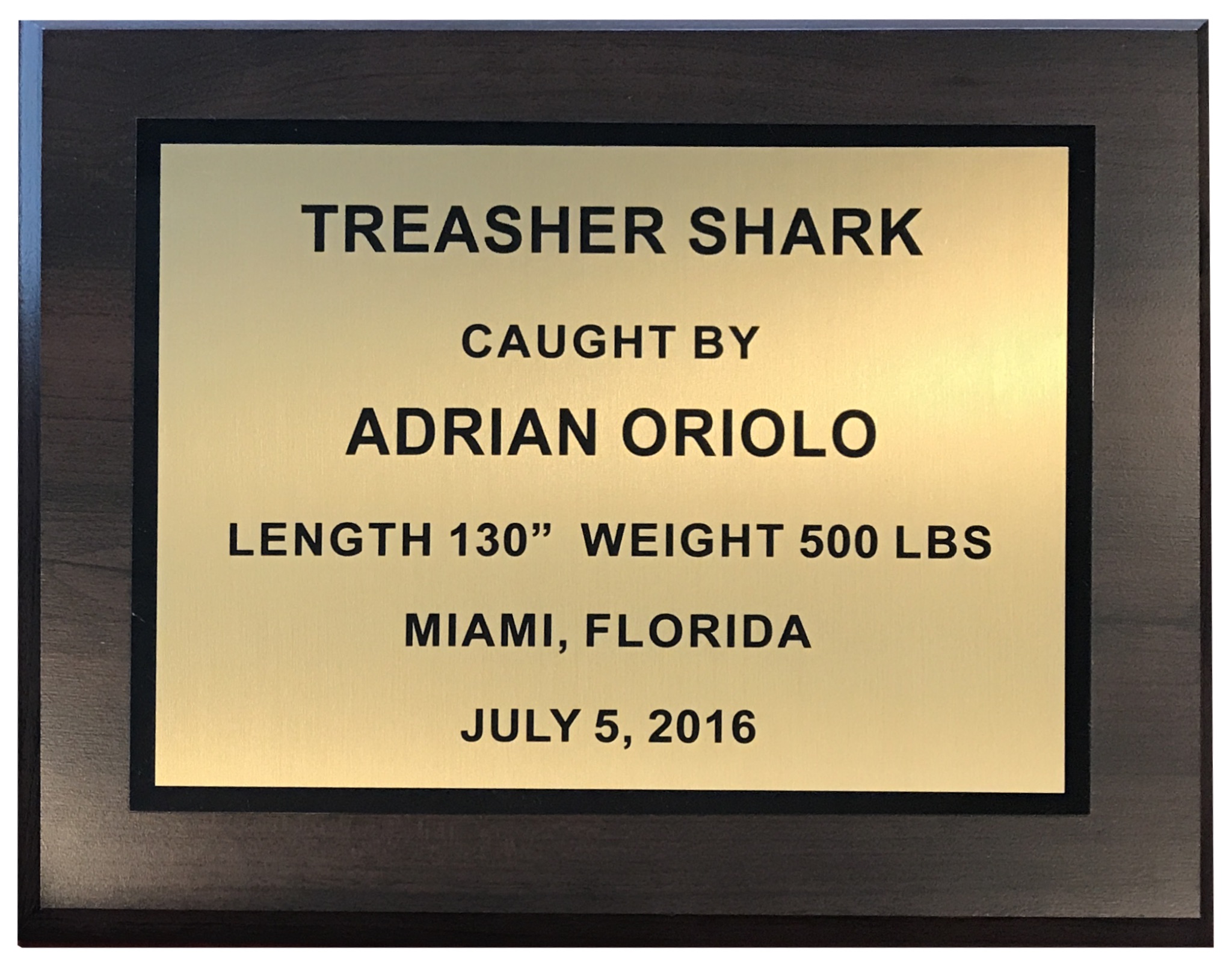
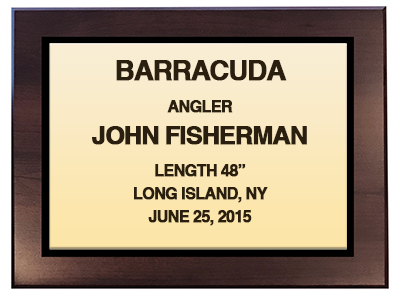 15 in x 12 in or 10 in x 8 in personalized wood plaque.
15 in x 12 in or 10 in x 8 in personalized wood plaque.
Color: Gold
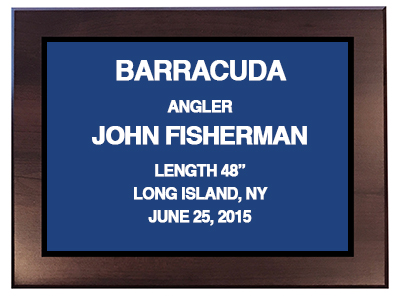 15 in x 12 in or 10 in x 8 in personalized wood plaque.
15 in x 12 in or 10 in x 8 in personalized wood plaque.
Color: BlueAvailable for all fish species
Species Information
Scientific Name: Lutjanus cyanopterus
Size: 30 - 40 lbs.
Location & Habitat: While cubera snapper are found from New England down throughout the Caribbean to South America, they are not found in great numbers anywhere in their range. They are more concentrated in the Caribbean, but many are taken off the South Florida area. They can be found on very deep water reefs, and fishing for them becomes a very special activity.
Description: Cubera snapper are the largest of the family, weighing in at almost 100 pounds. They will give you the fight of your life if you can manage to get them up off the bottom structure!
The young typically inhabit inshore mangrove areas and seagrass beds that offer some protection from predators. Small cubera also are known to enter estuaries, mangrove areas, and the tidal reaches of streams and freshwater canals.
From May to August lunar cycles prompt throngs of Cubera snappers to come together en masse at shallow offshore spawning sites, the outer reef slopes and sandy drop-offs found around the Caribbean. At these select spots, teeming masses of up to 10,000 snappers may gather. Females release their eggs into the sea, where they produce larvae within a day—and provide a subsequent feast for any nearby whale sharks.
Young snappers seek protection among inshore sea grass beds or mangroves and have even been known to enter freshwater. Those fish that survive to adulthood prefer to move offshore to suitable rocky ledge and reef habitats in the Caribbean and Western Atlantic.
The cubera snapper is easily confused with the grey snapper (Lutjanus griseus). However, these two species can be distinguished from each other by the shape of the vomerine tooth patch at the top of the palate. The gray snapper has an anchor-shaped tooth patch while the cubera has a triangular-shaped patch.


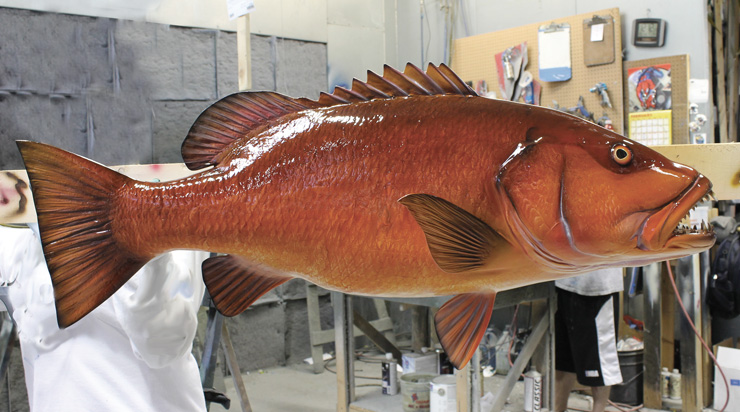
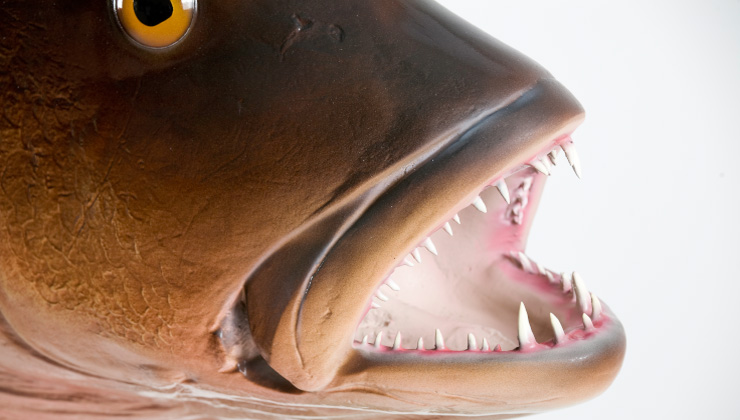

Call Now: 800.452.5501